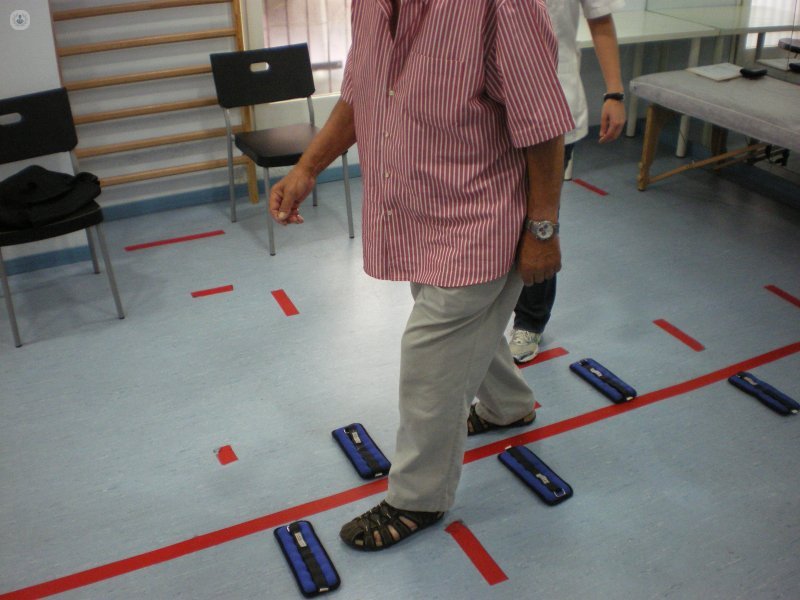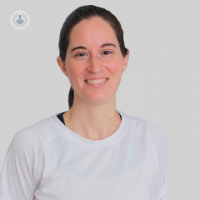The role of physiotherapy in Parkinson's disease
Written by:Physiotherapy plays a key role in patients with Parkinson's disease. The overall objective is to preserve as much as possible functional independence, which results in a better quality of life.

Physiotherapy try to get the maximum physical capacity of the patient with adequate training. We got an early implementation of a program of preventive exercises. To customize the treatment, we conducted a pain on valuation to identify treatment priorities and monitor the progression of this.
As a result physiotherapy intervention can focus on the main engines and handicaps problems of affected individuals. With treatment seek change habits and use of motor strategies based on the principles of psychomotor learning to alleviate the motor deficits. In much of the success of treatment is to achieve the involvement of the patient and caregiver in the realization of treatment, improving motivation and stay active.
engine problems affected Parkinson
• bradykinesia. is the slowness in initiating and implementing the movement.
• hypokinesia. It is the lack of movement
• Disorders Posture known as simian posture, and is characterized by slightly bent knees, hips, shoulders and head bent forward, leading to the center of gravity anteriorization
.• Disorders of the March, which highlights the loss of arm movements when walking ( arm movement );decrease the longitudinal passage, the shuffling and slow course. The progressive loss heel– foot, which is the correct way to step on the floor by stepping. The phenomenon of"festinación" ;, which is the progressive increase in speed and decrease in stride length, with problems in halting the march. Blockages or freezing during walking ( freezing ).
• Resting tremor ( of 4-6 Hz), is defined as any involuntary rhythmic movement of a limb or body part. & bull; Stiffness ( sign sprocket ). It is the increased resistance to passive movement relatively slow, steadily throughout the tour and is not dependent on the speed.
• Loss of postural reflexes.
• Postural instability.
• Micrografia. Tendency to write small
• Alteration of fine motor skills.
Treatments or more joint exercises
We should note that treatment should be tailored to the needs of each individual. In general terms, we could guide treatment with the objectives of:
• Toning muscles, mainly the antigravity.
• Stretching the muscles that tend to shorten or shortened.
• Show selective mobilization of the pelvic waist.
• Show decouple head-trunk and shoulder and pelvic girdles.
• Improve coordination of upper and lower extremities.
• Improve postural.
• Improve balance in static and dynamic.
• Show movement strategies that improve travel and transfers.
• Improve fine motor skills.
Whether at home or in the office, the realization of physical exercise daily is recommended with a duration of 30 to 45minutes. The goal is to stay active, no task should be done to the limits of fatigue, it should be noted that worked but can continue their day to day. On the other hand, it is advisable to walk about 30 minutes a day. Sufferers of Parkinson should seek activities that motivate them, either aerobics, pilates, dance, go out with friends... to maintain their independence as long as possible.


